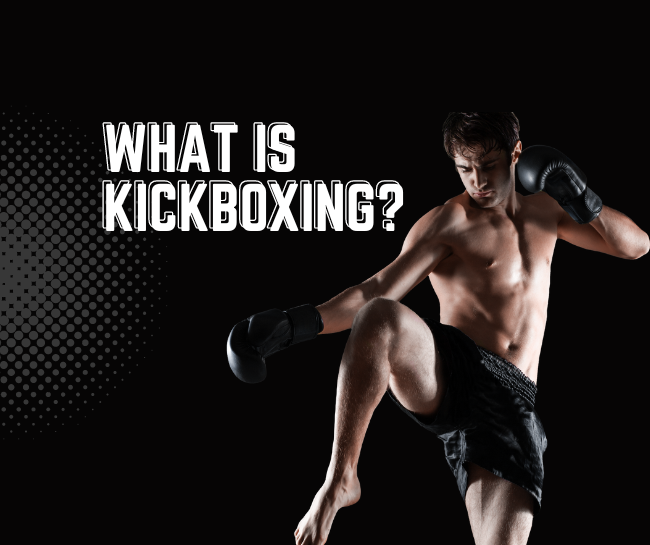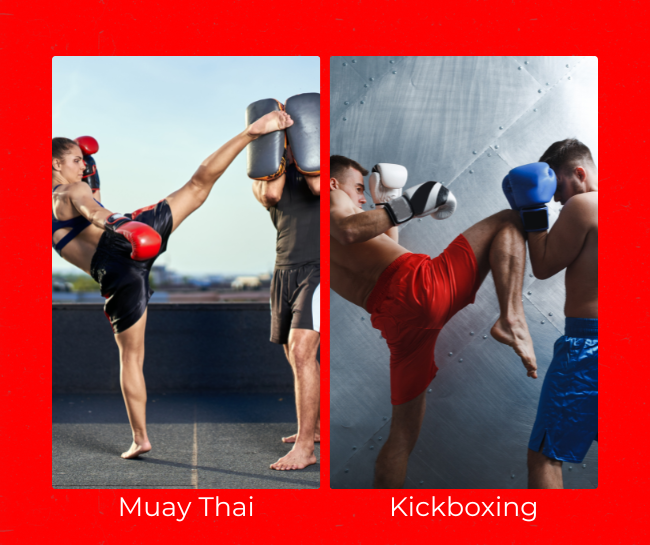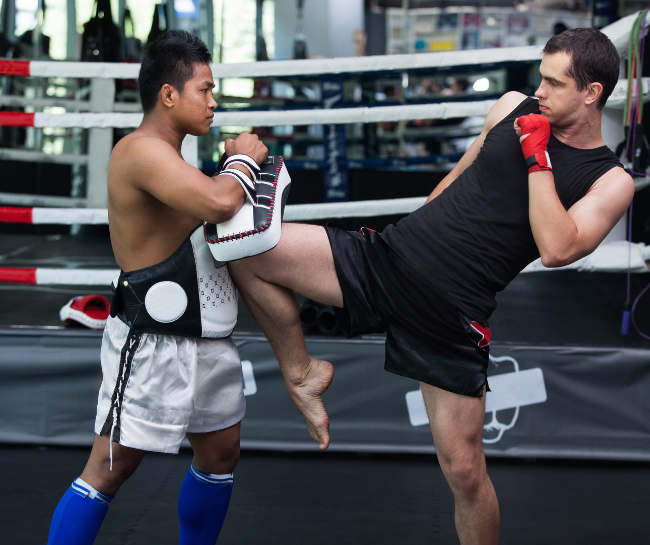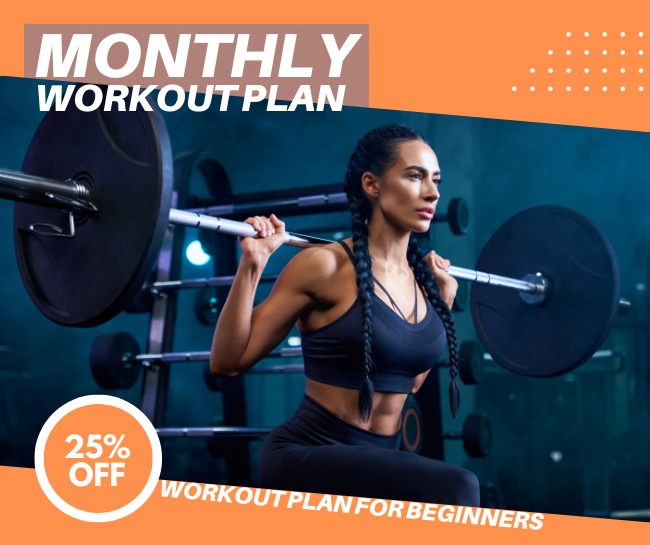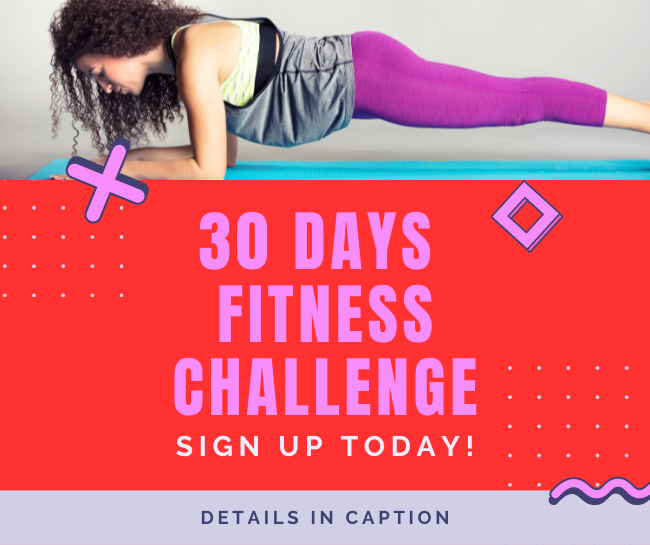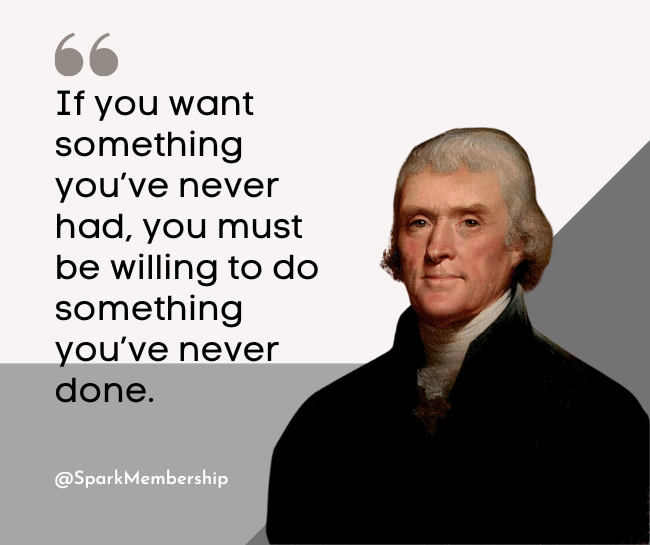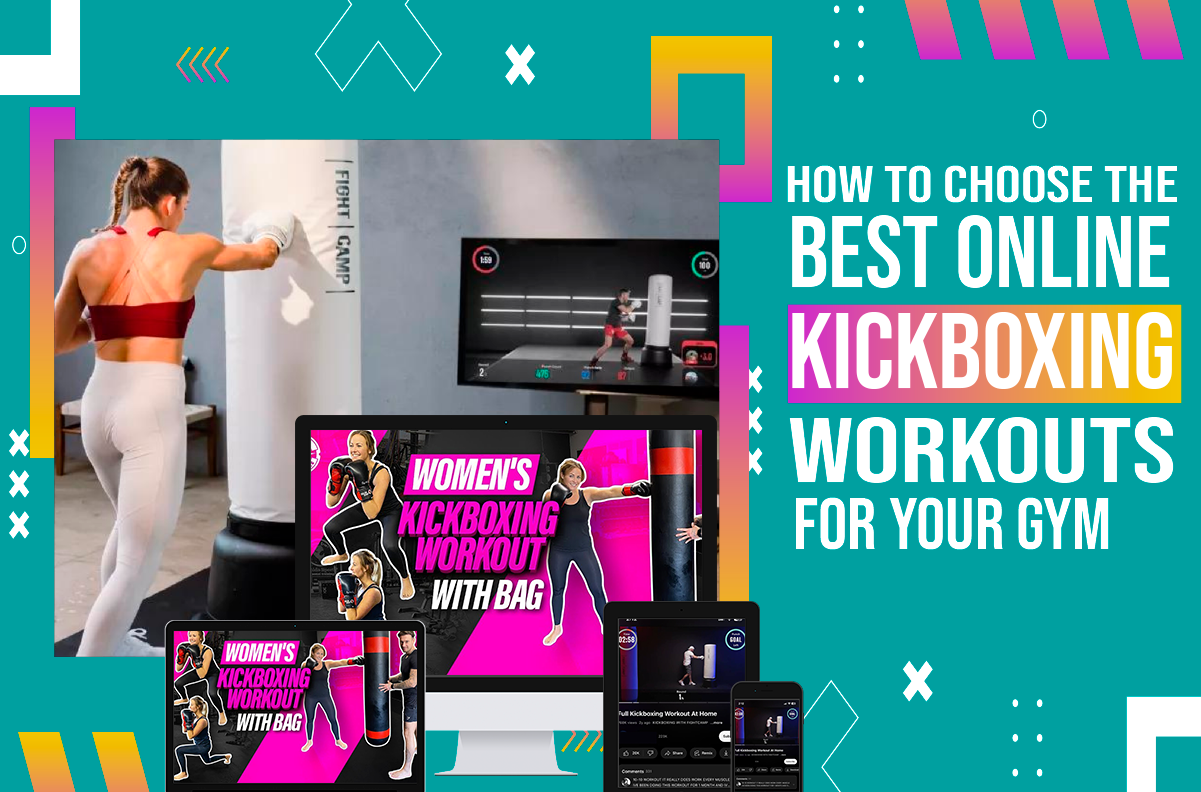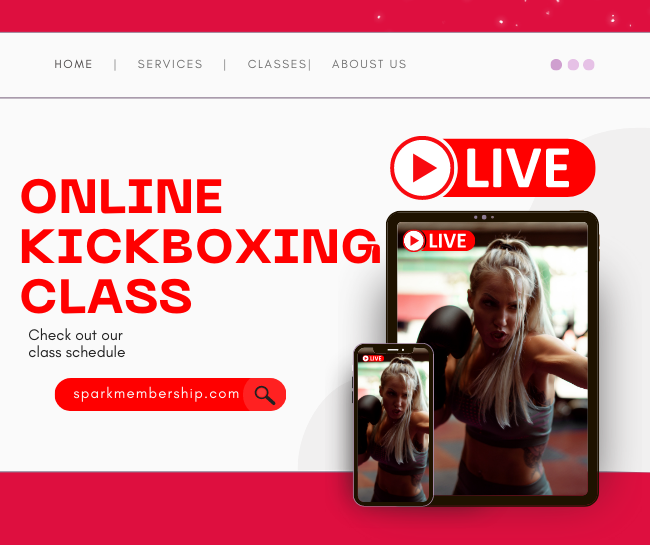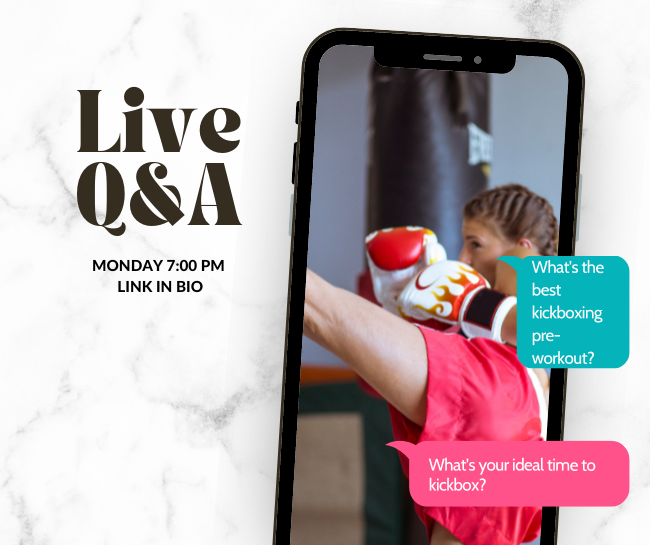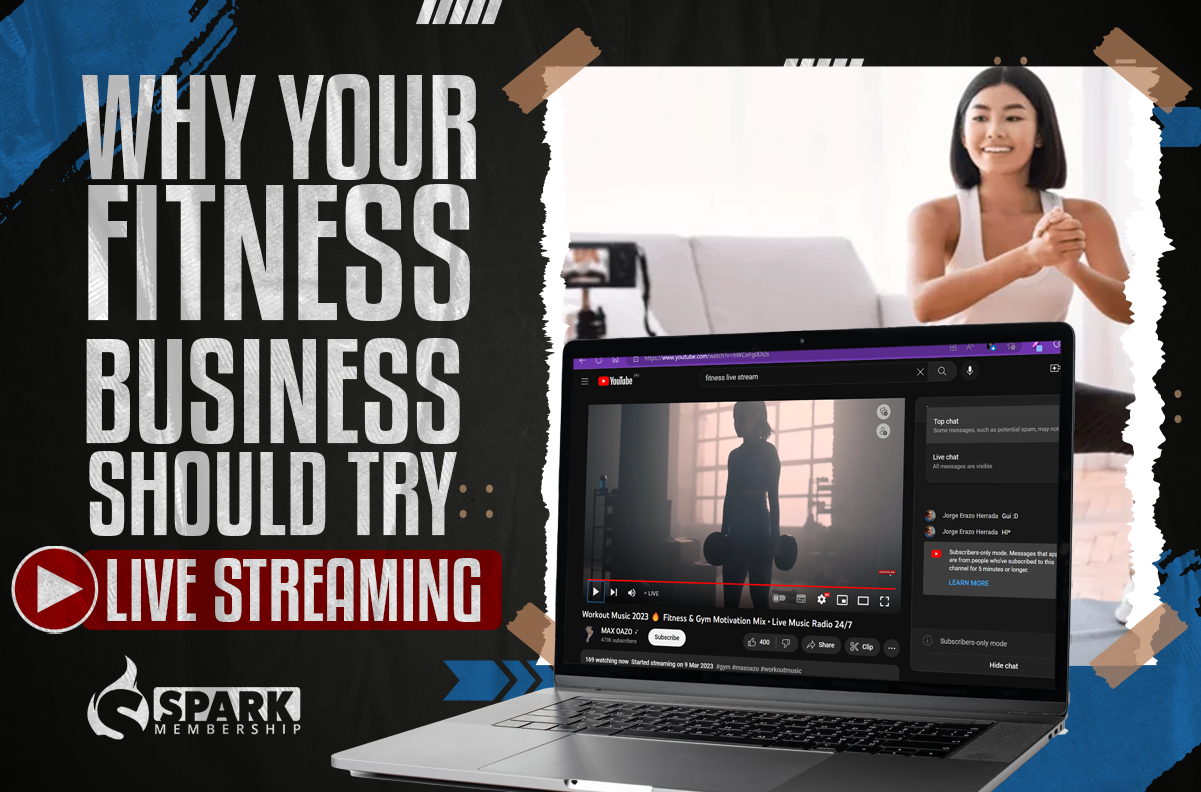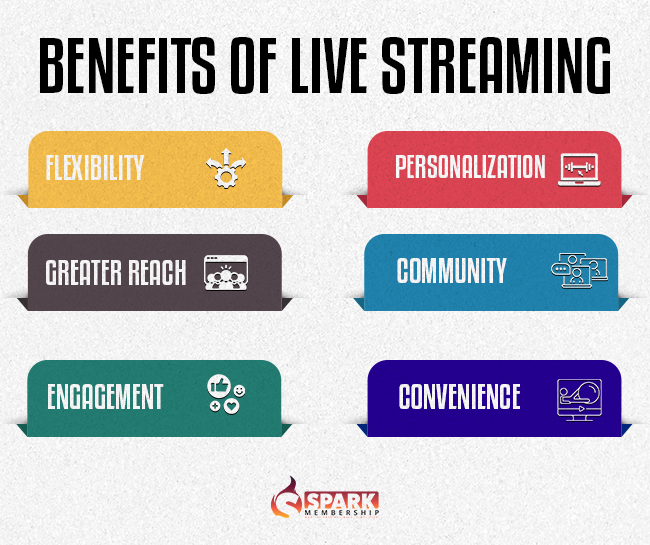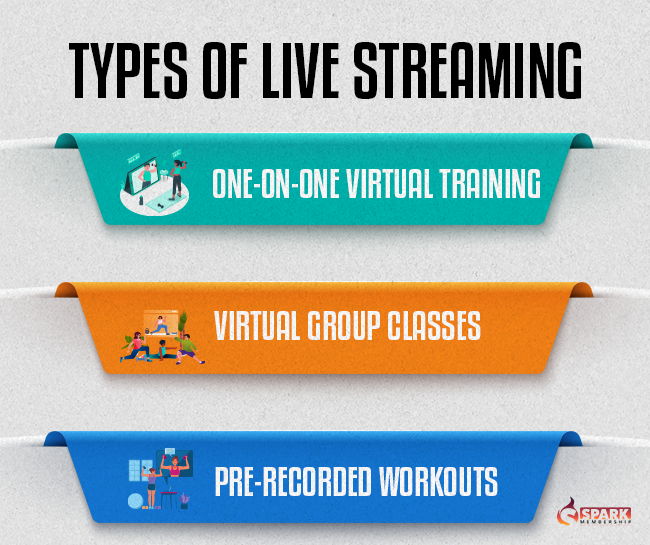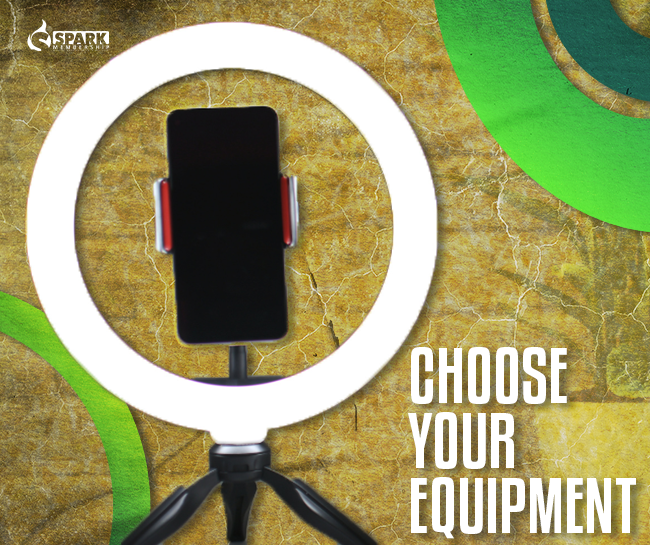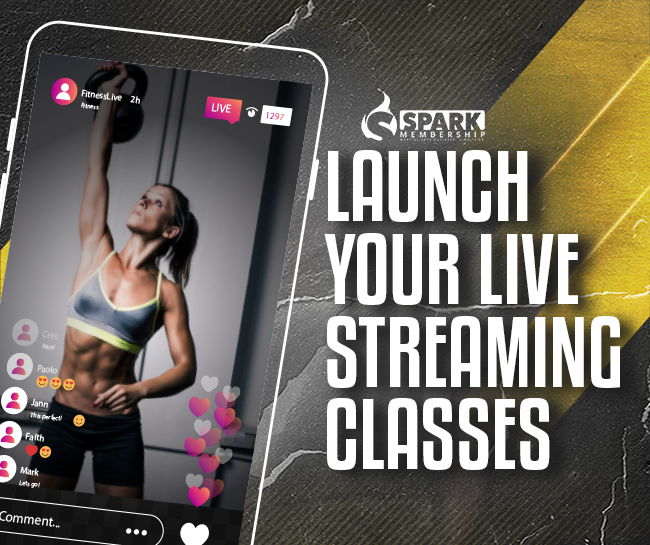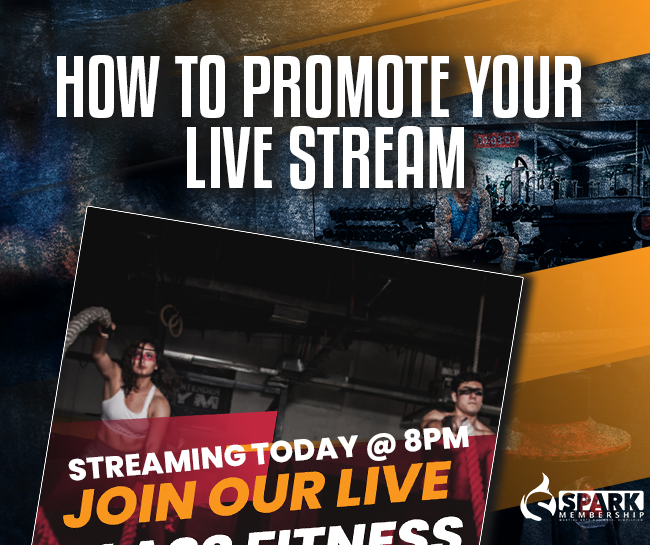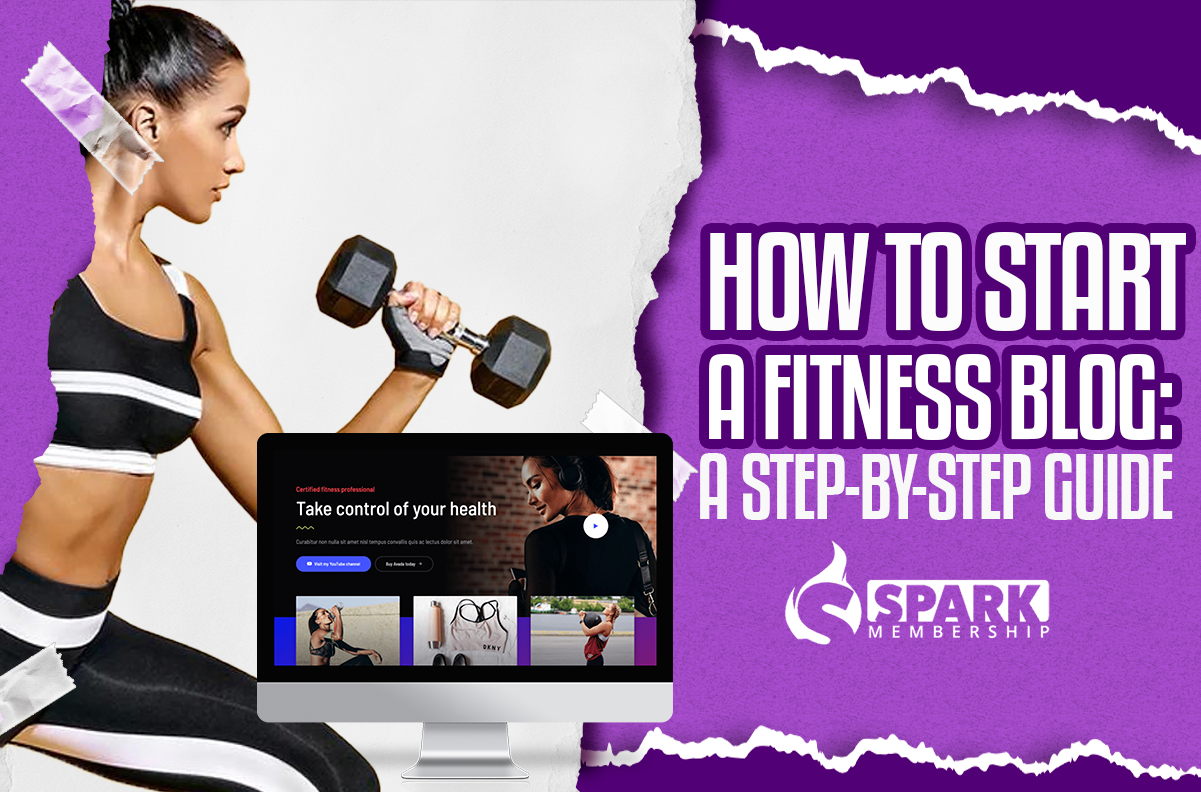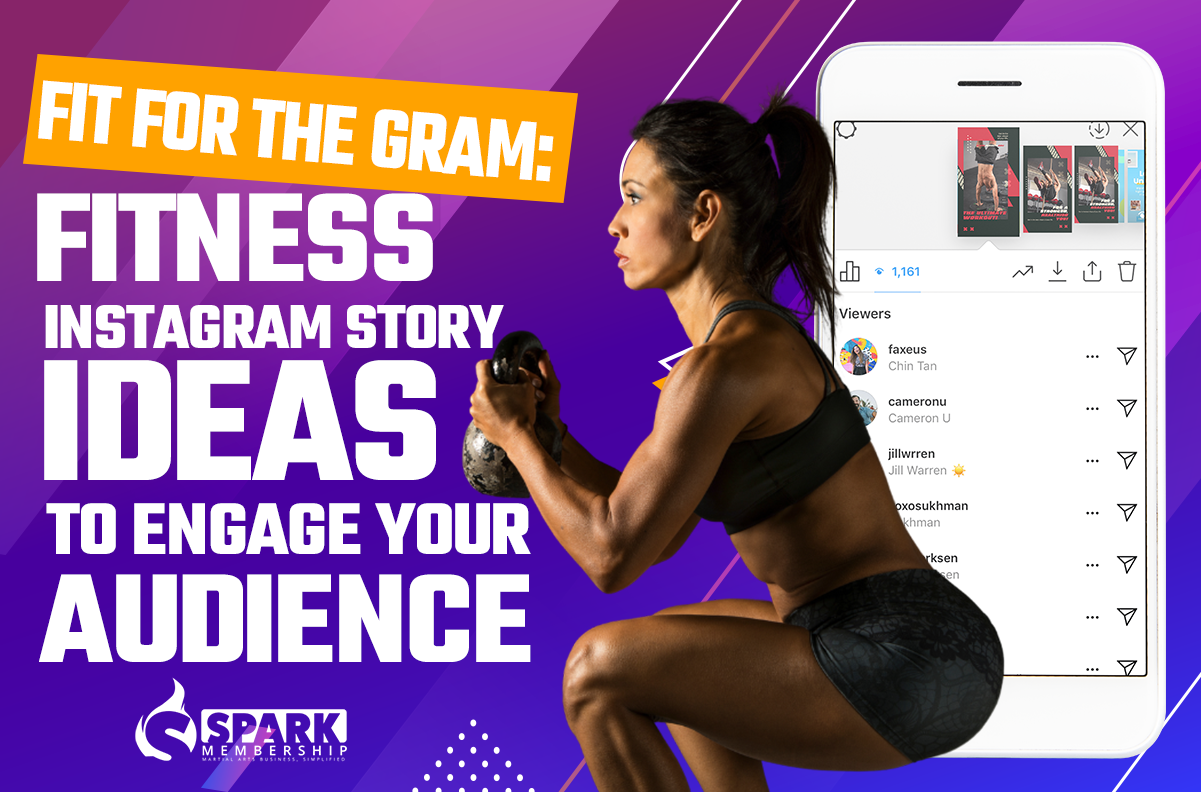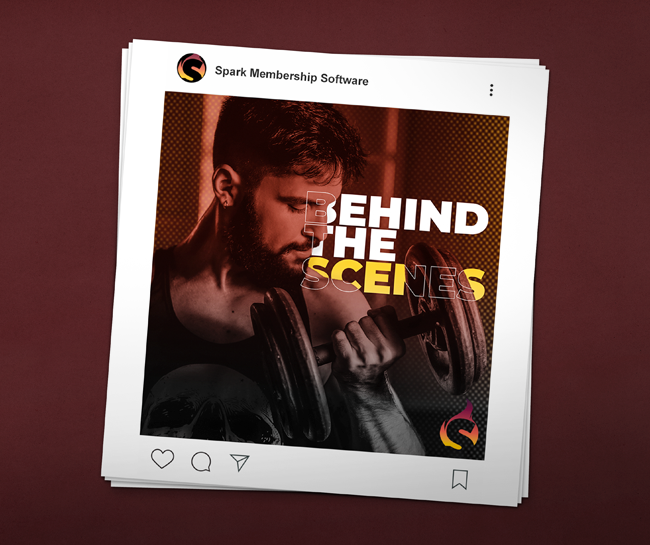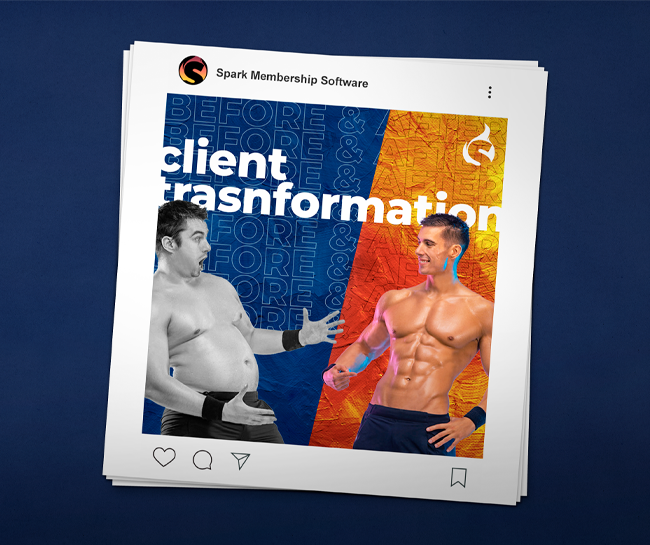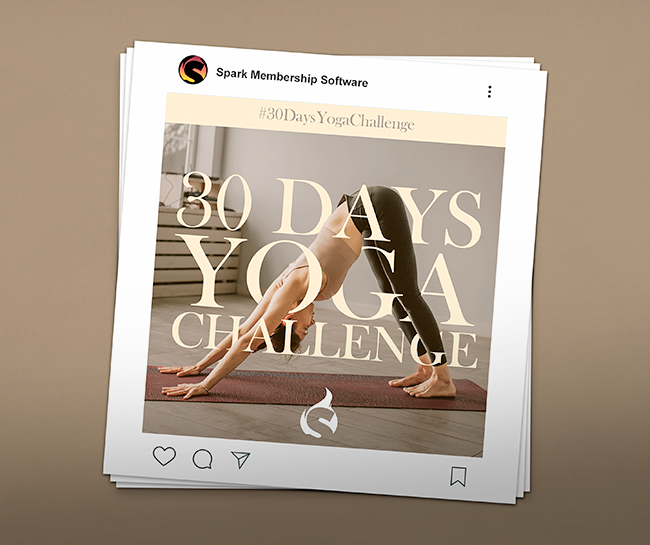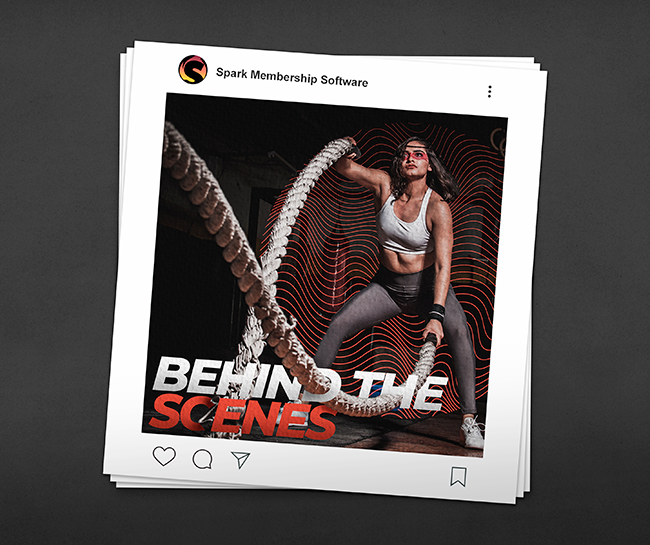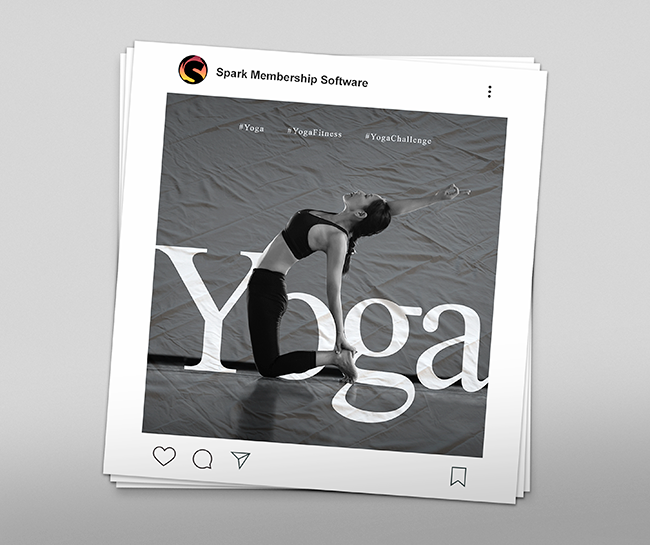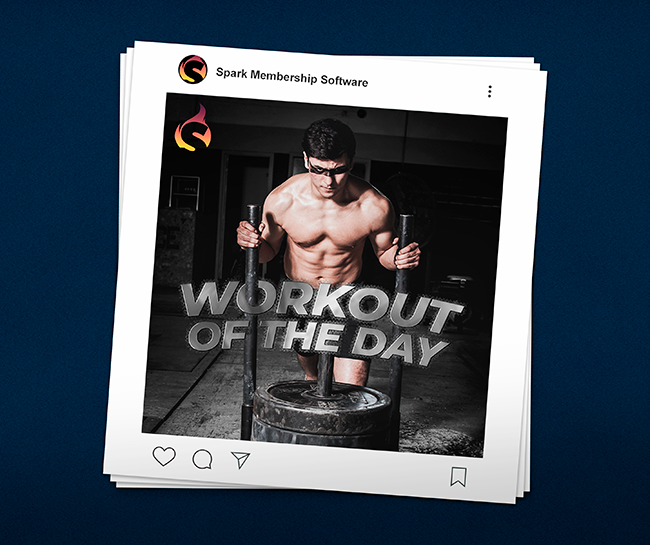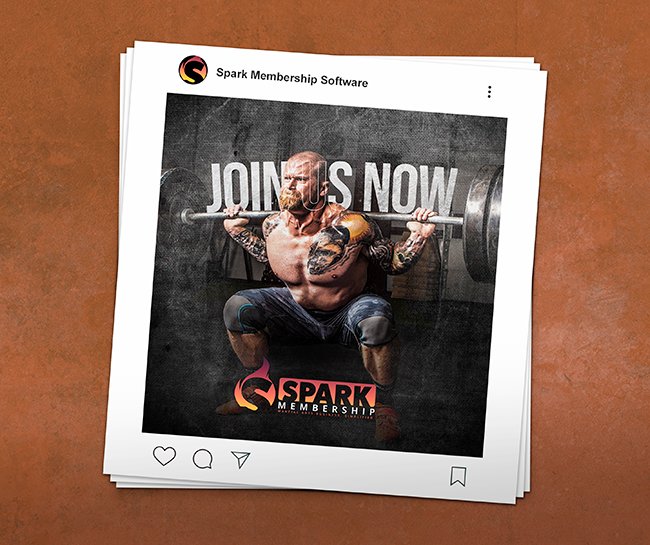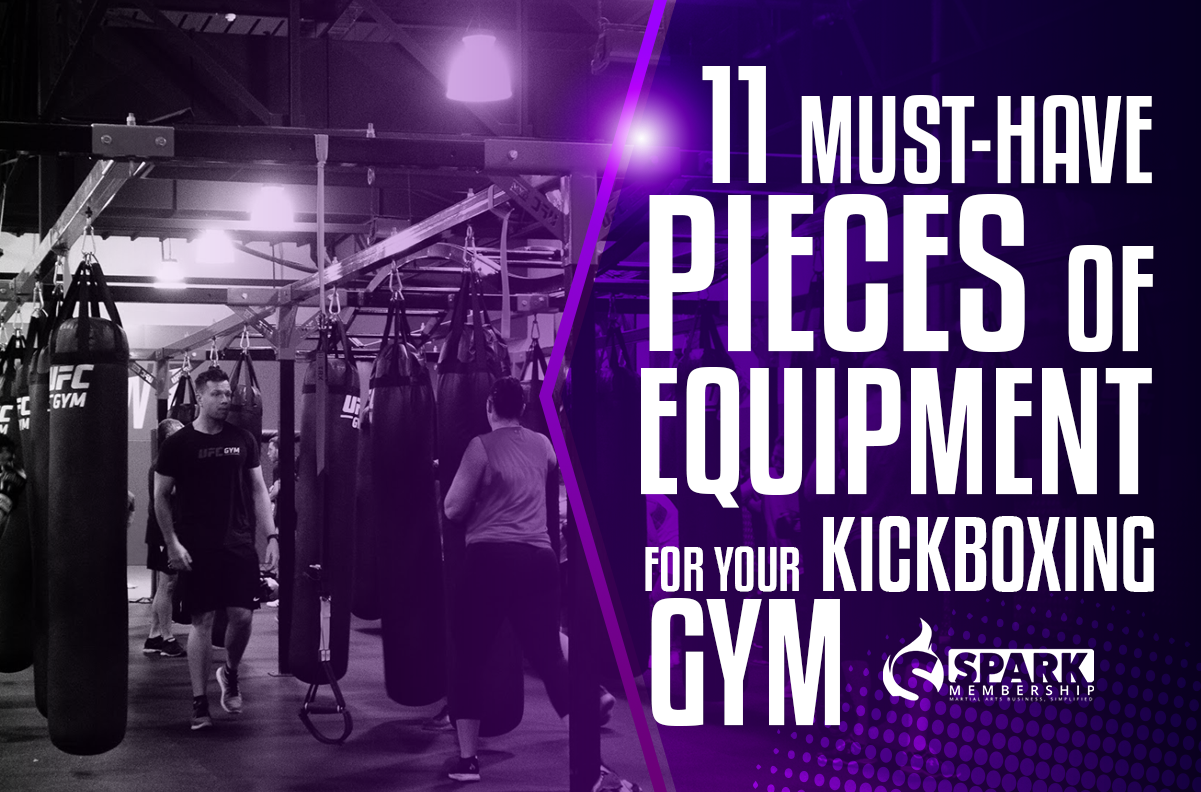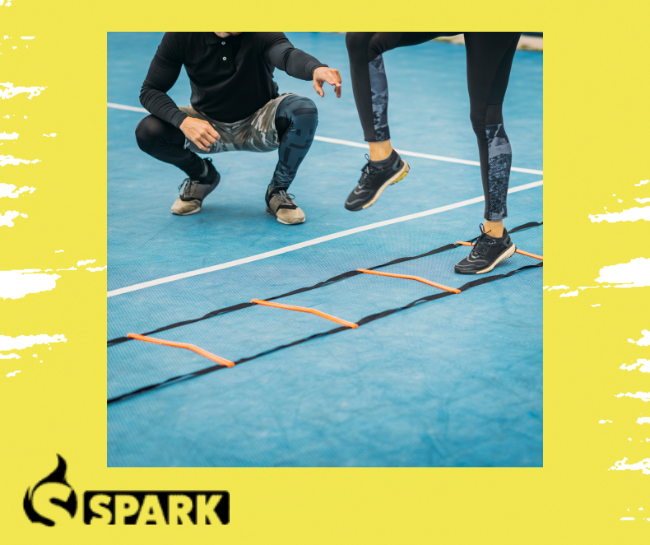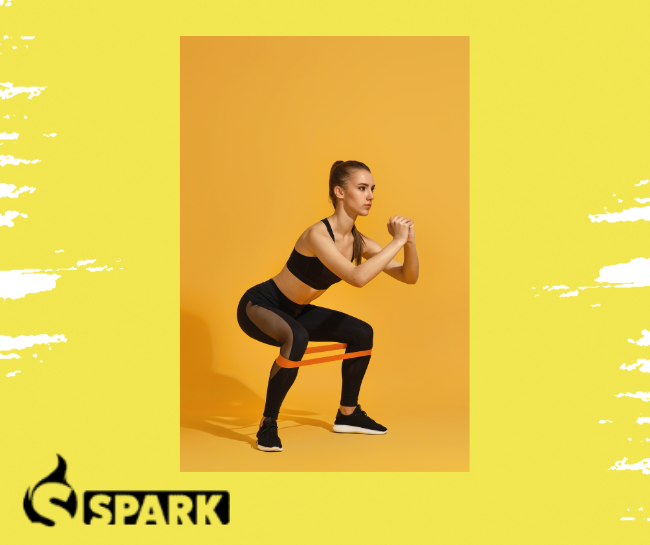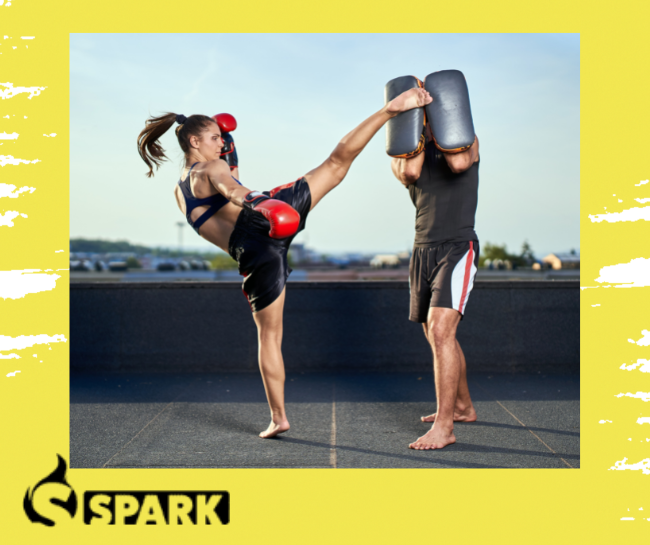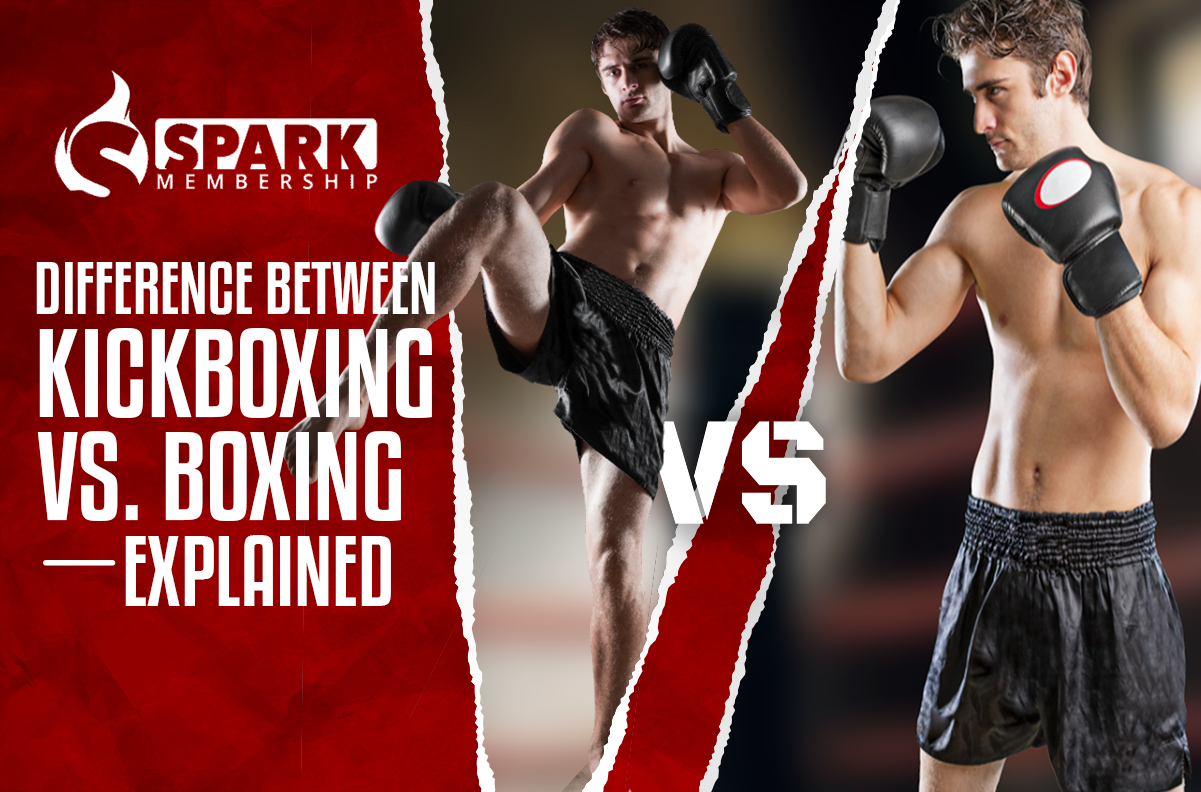
When it comes to combat sports, kickboxing and boxing are two of the most popular options. They are both physically demanding and require a lot of training, discipline, and hard work. However, despite sharing some similarities, there are fundamental differences between kickboxing and boxing that set them apart. In this article, we’ll explore the key differences between these two sports, helping you understand which one might be best for you.
What is Boxing?

Boxing is a combat sport where two fighters engage in a series of punches, with the aim of knocking out or outscoring their opponent. Here’s a breakdown of some of the key aspects of boxing:
The origins of boxing can be traced back to ancient Greece, where it was included in the Olympic games as early as 688 BC. It then spread throughout the Roman Empire
💡 Boxing is the art of using your fists to deliver powerful punches while kickboxing allows for the use of both hands and feet, making it a dynamic combination of punches and kicks.
What is Kickboxing?
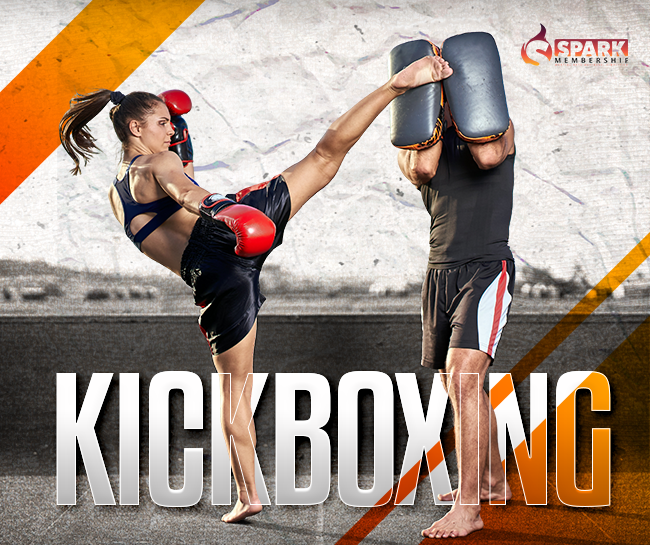
Kickboxing is a hybrid combat sport that combines elements of traditional boxing with martial arts kicks.
Kickboxing has its roots in Japan, where it evolved from a combination of karate and Western boxing techniques in the 1950s. It then spread to the United States in the 1970s and evolved into the modern sport we know today.
💡 Kickboxing may share similarities with boxing, but its inclusion of kicks and additional strikes makes it a dynamic and exciting martial art that sets it apart from traditional boxing.
Kickboxing vs Boxing: Main Differences
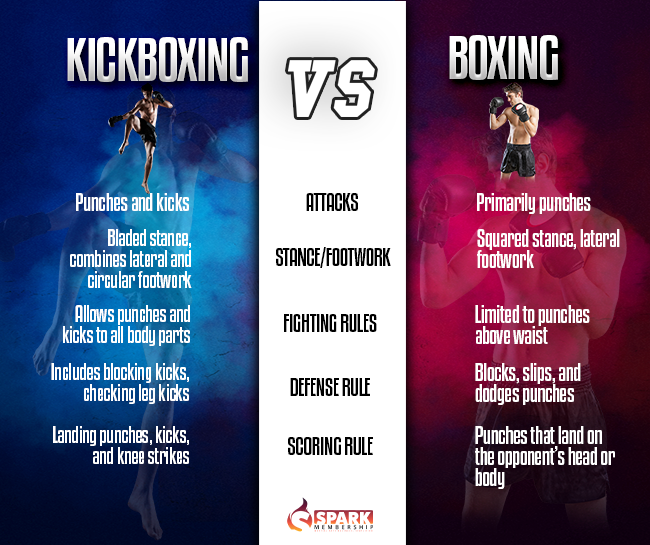
Kickboxing and boxing are both combat sports that involve striking an opponent with punches, but there are some key differences between the two. Here are some of the main differences between kickboxing and boxing:
Kicking and Punching:
The main difference between kickboxing and boxing is that kickboxing allows the use of kicks, while boxing only allows the use of punches. Kickboxers utilize a combination of punches, kicks, knee strikes, and other techniques to outscore or knock out their opponent, while boxers rely solely on punches.
Stance and Footwork:
Kickboxing and boxing also differ in terms of stance and footwork. In kickboxing, fighters stand with a wider stance to allow for kicking techniques, while in boxing, fighters stand with a narrower stance to facilitate movement and punching. Kickboxers also utilize different footwork techniques, such as shuffling and pivoting, to set up kicks and avoid strikes.
Defense Strategies:
Both sports require defensive strategies, but they differ in their approach. Kickboxers utilize more varied defensive techniques, such as blocking, evading, and catching kicks, to protect themselves against a wider range of attacks. Boxers primarily rely on head movement and blocking to avoid punches.
Scoring Systems:
The scoring systems in kickboxing and boxing also differ. In kickboxing, fighters can score points for landing punches, kicks, and knee strikes, while in boxing, points are only awarded for punches that land on the opponent’s head or body.
Matches and Rounds:
Kickboxing and boxing also differ in terms of match length and number of rounds. Kickboxing matches are typically shorter and consist of fewer rounds, while boxing matches can be longer and consist of more rounds. Kickboxing matches also typically involve more continuous action, while boxing matches may have more pauses and breaks.
While kickboxing and boxing share some similarities, they are distinct sports with different techniques, strategies, and rules.
💡 Kickboxing and boxing may both involve fighting with gloves, but the addition of kicks, knees, and elbows in kickboxing creates a dynamic and challenging experience that sets it apart from traditional boxing.
Techniques and Strikes
Here’s a breakdown of some of the key techniques and strikes used in boxing and kickboxing:
- Boxing Techniques:
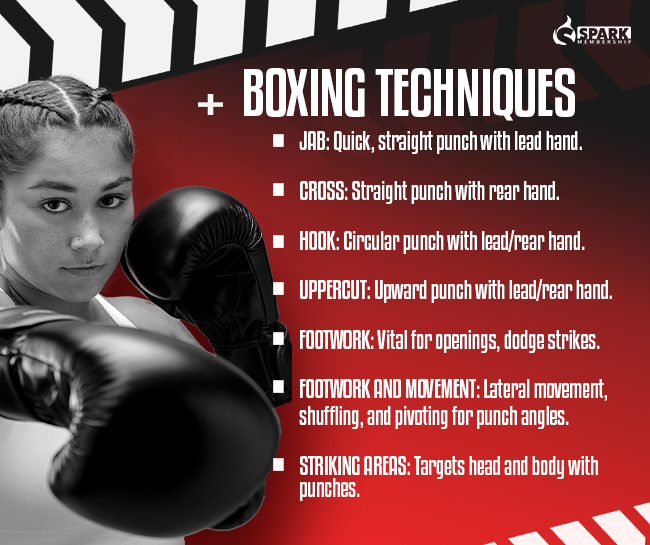
Boxing primarily involves punches, with fighters utilizing a range of techniques to score points and knock out their opponent. Some of the key techniques used in boxing include:
- Jab: a quick, straight punch thrown with the lead hand
- Cross: a straight punch thrown with the rear hand
- Hook: a circular punch thrown with the lead or rear hand
- Uppercut: an upward punch thrown with the lead or rear hand
- Footwork and movement: crucial for creating openings for punches and avoiding strikes
💡 Boxing techniques require finesse and mastery of footwork, head movement, and defense – fundamental for success in the ring, with or without kicks.”
- Kickboxing Techniques:
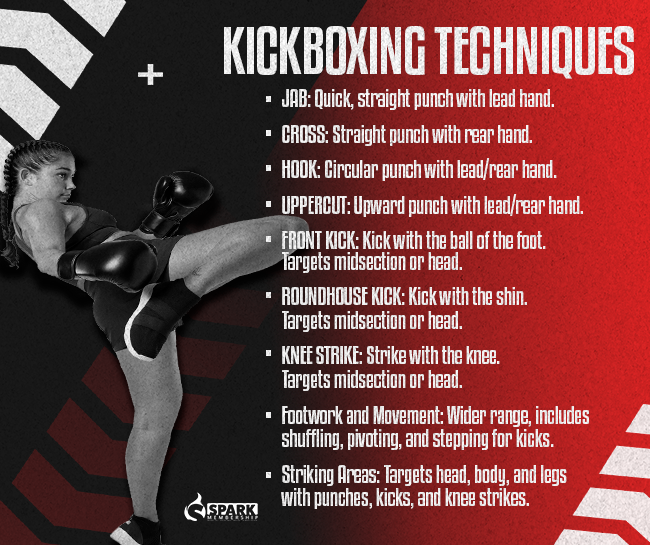
Kickboxing involves a wider range of techniques, including punches, kicks, knee strikes, and more. Some of the key techniques used in kickboxing include:
- Jab: same as in boxing
- Cross: same as in boxing
- Hook: same as in boxing
- Uppercut: same as in boxing
- Front kick: a kick thrown with the ball of the foot, aimed at the opponent’s midsection or head
- Roundhouse kick: a kick thrown with the shin, aimed at the opponent’s midsection or head
- Knee strike: a strike thrown with the knee, aimed at the opponent’s midsection or head
- Footwork and Movement:
Footwork and movement are crucial in both sports, allowing fighters to create openings for strikes and avoid being hit. In boxing, fighters utilize lateral movement, shuffling, and pivoting to create angles for punches and avoid being hit. In kickboxing, fighters utilize a wider range of footwork techniques, including shuffling, pivoting, and stepping, to set up kicks and evade strikes.
💡 Footwork is key in striking sports. Mastering it sets boxers and kickboxers apart.
- Striking Areas:
In boxing, fighters primarily target the head and body with punches, while in kickboxing, fighters target a wider range of areas, including the head, body, and legs, with punches, kicks, and knee strikes.
Rules and Regulations
Rules and Regulations are an essential part of any sport, and boxing and kickboxing are no exception. In this section, we will discuss the rules and regulations that govern these two combat sports.
Boxing Rules:
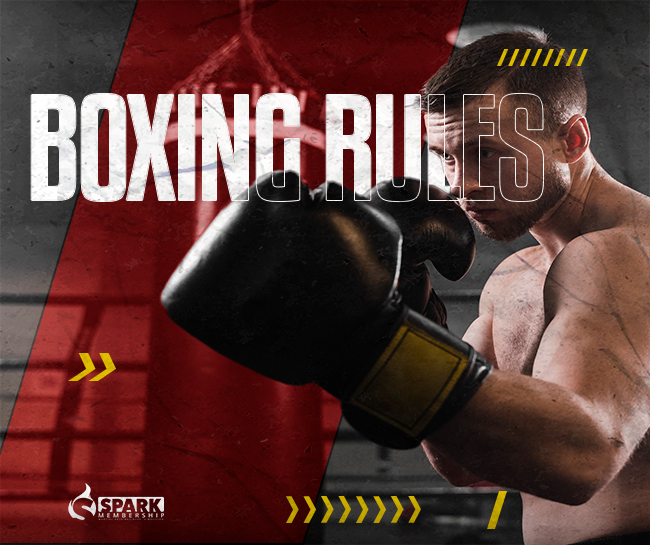
Boxing has strict rules that are designed to ensure the safety of the fighters. Boxers are not allowed to hit their opponents below the belt or in the back of the head. They are also prohibited from hitting their opponents while they are down or holding their opponents.
- Boxing matches have three-minute rounds with one-minute rest periods.
- Fighters wear 8-10 ounce gloves and adhere to weight classes.
- Points are awarded for landing punches on the head or body.
- Knockouts or technical knockouts result in an immediate win.
- Judges score the bout if there is no knockout.
- Certain punches are considered fouls.
- The referee ensures the rules are followed and may stop the fight if necessary.
💡Boxing rules are focused on the art of punching, while kickboxing incorporates a wider range of strikes. Understanding the differences between these two combat sports is key to unlocking their unique strategies and styles.
Kickboxing Rules:
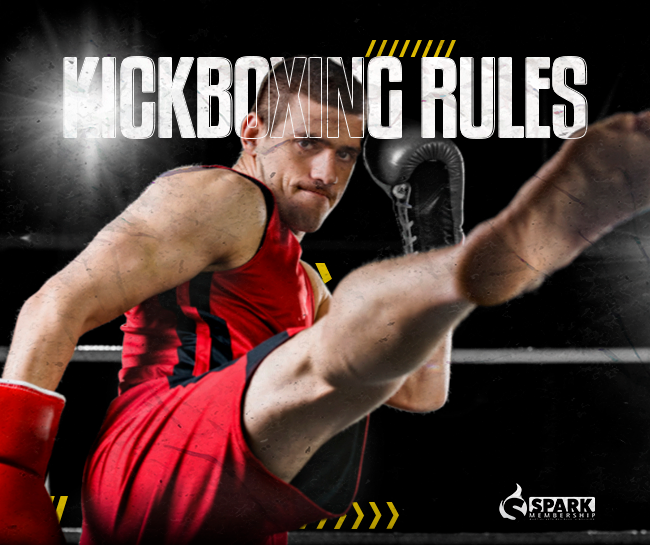
Kickboxing has more complex rules than boxing because it allows the use of both hands and feet. Fighters can use punches, kicks, knee strikes, and elbow strikes to score points. However, fighters are not allowed to strike their opponents when they are down or use any other illegal techniques.
- Fighters wear gloves that weigh between 10 and 12 ounces, as well as shin guards and mouthguards.
- The rounds are usually three minutes long, with a one-minute rest in between.
- A match can be won by knockout, technical knockout, or points decision.
- Judges also consider factors such as aggression, ring control, and defense.
- Fouls, such as hitting below the belt or using illegal techniques, can result in penalties, including point deductions or disqualification.
💡 Understanding the rules of kickboxing is essential in differentiating it from boxing. While both sports share some similarities, the use of kicks and knees in kickboxing adds a new dimension to the game, making it an exciting and dynamic combat sport
While kickboxing and boxing share some similarities, they are fundamentally different combat sports. Kickboxing involves kicking and punching, while boxing is solely focused on punching. Kickboxing has more complex rules and allows more striking areas than boxing Ultimately, the choice between kickboxing and boxing depends on your personal preferences, goals, and physical abilities. By understanding the differences between these two sports, you can make an informed decision and choose the one that suits you best.
Get the best online kickboxing workouts for your gym with our latest blog post! Plus, streamline your gym’s operations with Spark Membership software. Manage class schedules, track attendance and payments, and offer custom workout plans to your clients. Check out our blog now and take your kickboxing studio to new heights with Spark Membership!



